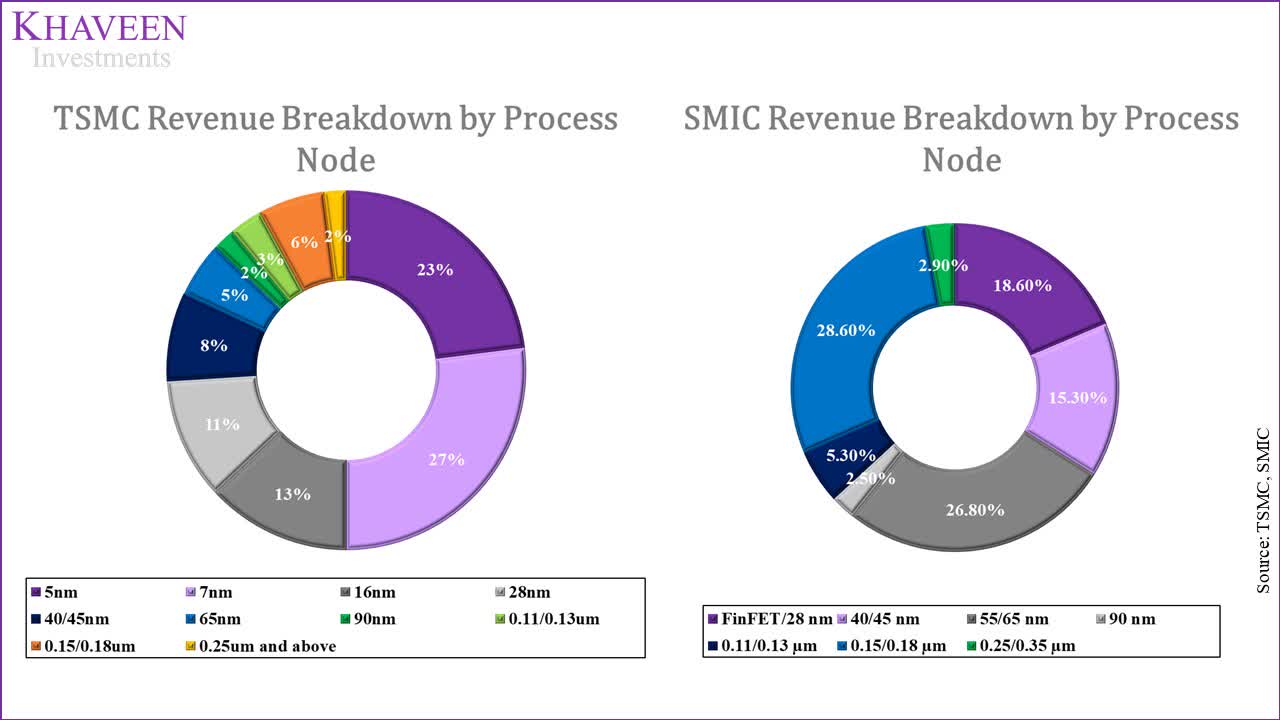Yup and what symbolism it create, a Chinese company that fought back, survive and thrive against all odd battling a superpower...lol That is a definition of what a hero should be.
Bro I hear a song coming so let's sing it together....
"Huawei"
And now, the end is near
And so I face the final curtain
My friend, I'll say it clear
I'll state my case, of which I'm certain
I've lived a life that's full
I traveled each and every highway
And more, much more than this, I did it Huawei
Regrets, I've had a few
But then again, too few to mention
I did what I had to do
And saw it through without exemption
I planned each charted course
Each careful step along the byway
And more, much more than this, I did it Huawei
Yes, there were times, I'm sure you knew
When I bit off more than I could chew
But through it all, when there was doubt
I ate it up and spit it out
I faced it all and I stood tall and did it Huawei
I've loved, I've laughed and cried
I've had my fill, my share of losing
And now, as tears subside
I find it all so amusing
To think I did all that
And may I say, not in a shy way
Oh, no, oh, no, not me, I did it Huawei
For what is a man, what has he got?
If not himself, then he has naught
To say the things he truly feels
And not the words of one who kneels
The record shows
I took the blows
And did it Huawei
Yes, it was Huawei...........
Verse 1:
Huawei, a name that rings true
Innovation at the forefront, always pushing through
From smartphones to 5G, they're leading the charge
Their technology, always on the large
Chorus:
Huawei, Huawei
The future is bright, the future is new
Huawei, Huawei
The world is yours, the world is true
Verse 2:
From China they hail, but their reach knows no bounds
In every corner of the globe, they can be found
Their devices, always reliable and true
Connecting us all, and bringing us to you
Chorus:
Huawei, Huawei
The future is bright, the future is new
Huawei, Huawei
The world is yours, the world is true
Bridge:
Some may say the road ahead is rough
But Huawei's vision is clear, it's never enough
They keep pushing forward, always on the rise
Their determination, it never dies
Chorus:
Huawei, Huawei
The future is bright, the future is new
Huawei, Huawei
The world is yours, the world is true

